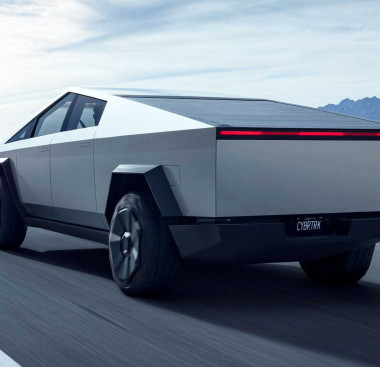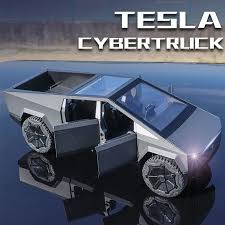How Long Does It Cost to Charge a Tesla? A Comprehensive Guide
Learn about the charging time and cost of charging a Tesla electric vehicle (EV). Discover the factors that affect charging speed, battery capacity, and range anxiety. Get insights on how to optimize your Tesla charging experience and make informed decisions.

Table of Contents
- Understanding Tesla Charging
- Factors Affecting Tesla Charging Time
- Tesla Charging Options
- Optimizing Tesla Charging Experience
- Conclusion
- References
Tesla, a pioneer in EV manufacturing, has become a leader in the market with its advanced features and impressive performance. One of the key aspects of owning a Tesla is understanding the charging process and how long it takes to charge the battery. In this comprehensive guide, we will delve into the factors that affect Tesla charging time, the various charging options available, and how to optimize your charging experience.
Understanding Tesla Charging
Charging a Tesla is different from refueling a traditional gasoline-powered car. Instead of stopping at a gas station, Tesla owners rely on charging stations to replenish their vehicle's battery. Tesla offers a network of Superchargers, which are high-speed charging stations strategically located along major highways, as well as other charging options such as home charging using a Tesla Wall Connector or a standard electrical outlet.
Factors Affecting Tesla Charging Time
Several factors can influence the time it takes to charge a Tesla. The most significant factor is the charging speed, which depends on the type of charging station and the vehicle model. Superchargers are the fastest charging option, providing up to 170 miles of range in just 30 minutes, while other charging stations may take longer. The battery capacity of the Tesla model also affects the charging time, as larger batteries take more time to charge. Additionally, external factors like temperature and battery state of charge can also impact charging speed.
Tesla Charging Options
Tesla offers different charging options to suit different needs. Superchargers are ideal for long-distance trips and provide the fastest charging speed. They are strategically located along major highways and are designed for quick and convenient charging. Home charging using a Tesla Wall Connector is another popular option, allowing Tesla owners to charge their vehicles overnight in the comfort of their own homes. This option provides a more convenient and cost-effective way of charging, especially for daily commutes. Lastly, standard electrical outlets can also be used for charging a Tesla, but they are the slowest option and are typically used as a backup or emergency charging solution.
Optimizing Tesla Charging Experience
To optimize your Tesla charging experience, there are several best practices to consider. Planning your trips and using the Tesla mobile app to locate Superchargers along your route can help you avoid range anxiety and ensure a smooth charging experience. Charging your Tesla overnight at home using a Tesla Wall Connector can save you time and money compared to relying solely on Superchargers. You can also set charging limits on your Tesla to prevent overcharging and prolong the battery's lifespan. Regular software updates from Tesla can also improve charging speed and efficiency.
Conclusion
Charging a Tesla is a crucial aspect of owning an electric vehicle, and understanding the factors that affect charging time, the various charging options available, and how to optimize your charging experience can greatly enhance your ownership experience. By planning your trips, utilizing Superchargers strategically, charging at home using a Tesla Wall Connector, and following best practices, you can make the most out of your Tesla charging experience and enjoy the benefits of owning an electric vehicle.
References
- Tesla. (n.d.). Charging. Retrieved from https://www.tesla.com/charging
- Tesla. (n.d.). Charging Costs. Retrieved from https://www.tesla.com/support/charging-costs
- Tesla. (n.d.). Range Anxiety. Retrieved from https://www.tesla.com/support/range-anxiety
- Teslarati. (2019). What Factors Affect Tesla Charging Speed? Retrieved from https://www.teslarati.com/what-factors-affect-tesla-charging-speed/









